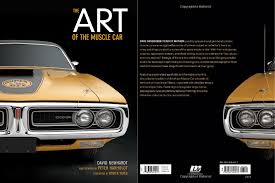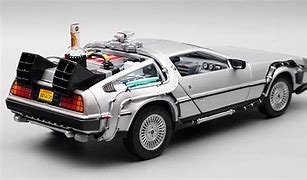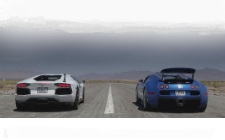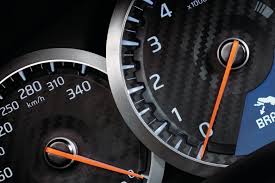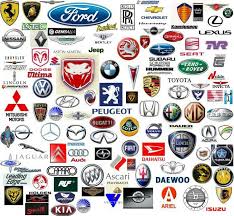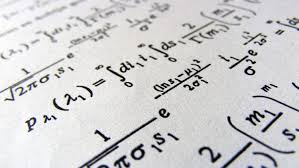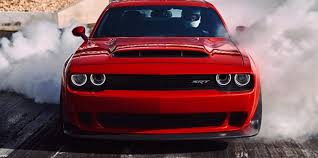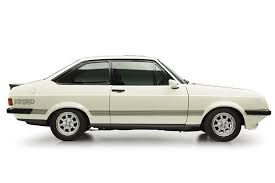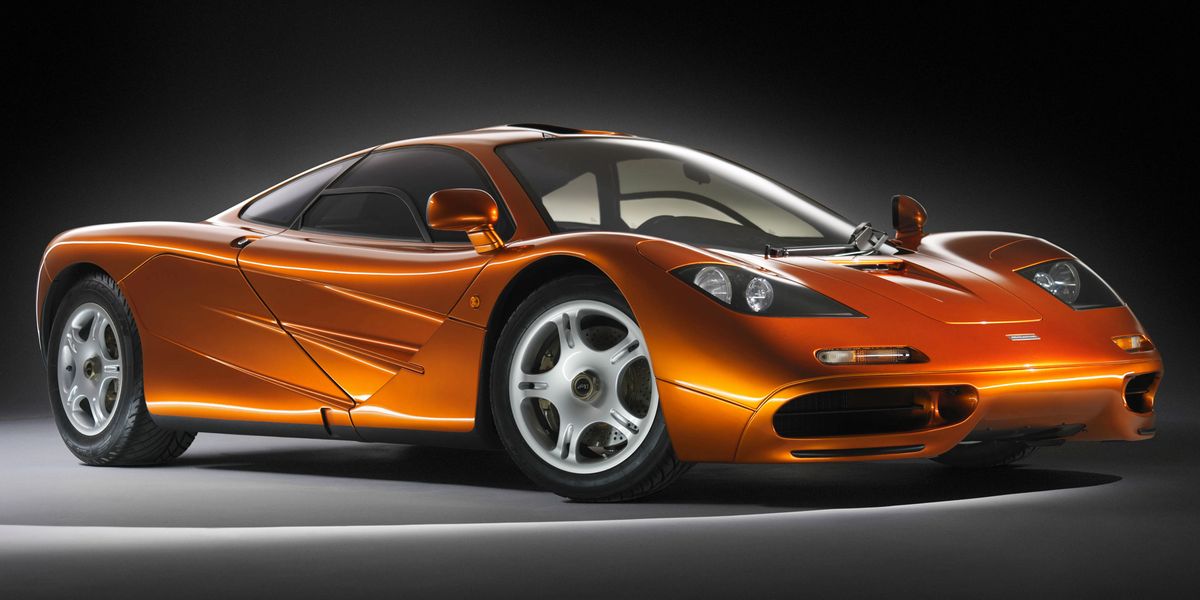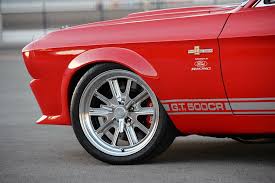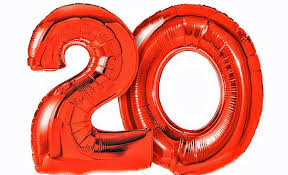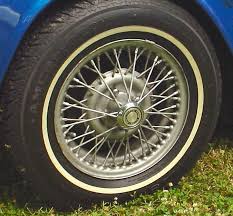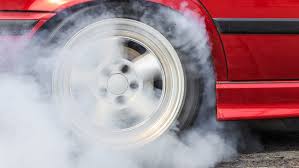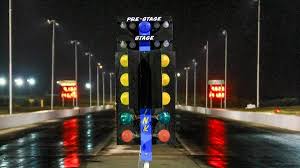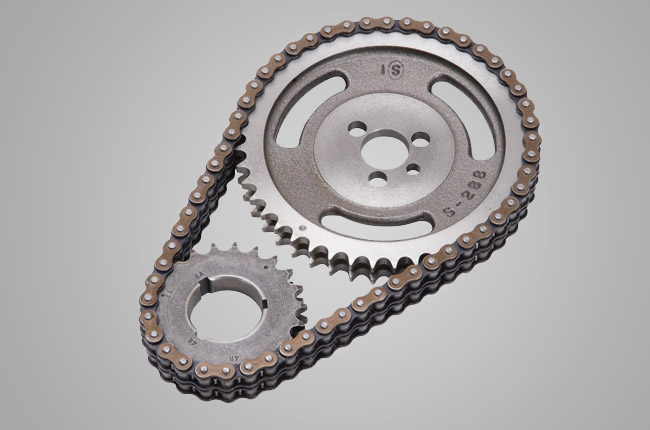


This edition of the Maserati 5000 GT is the 5 speed / Manual version and was first brought out in 1959. This was at around the same time as the introduction of the 1959 Ferrari 410 Superamerica Series 3 and the 1959 Aston-Martin DB4 GT Zagato.This particular Maserati 5000 has a 4938cc Naturally Aspirated Petrol powerplant with 8 cylinders in a V formation.
The 5000 shares its Petrol V8 engine configuration with the likes of the 2023 Dodge Challenger SRT Demon 170 and the 2023 Ferrari SF 90 XX Spider 4.0 V8 Turbo. If you're looking for other fast cars which share the 5000's Rear Wheel Drive, Saloon combination then how about the 1982 Fiat X1/9 1.5 8V or the 1965 Aston-Martin DB6 1965.
Weighing in at 1996 kgs (4400 lbs) this makes the Maserati 5000 GT in the same weight category as the 2022 BMW 8 Series M850i xDrive 4.4 V8 Turbo G15 or the give or take 50kg.
In terms of power the 4938cc 16V V8 engine produces 330 bhp (246 kW) @ 5700 rpm similar to the 2024 Mazda CX-90 S 3.3 Turbo (340 bhp) or the 2023 Porsche Cayenne Coupe 3.0 V6 Turbo (348 bhp).
The Naturally Aspirated V8 throws out 330 lb-ft (447.4 Nm) @ 3500 rpm placing it with cars of similar torque performance figures such as the 2023 Porsche Boxster Spyder RS 4.0 982 (332 lb-ft) or the 2023 Porsche Cayenne E-Hybrid 3.0 V6 Turbo (310 lb-ft).
If one combines the weight with power or torque performance for the Maserati 5000 you can get a better idea of it's real world performance.
![Audi A6 S6 4.2 Quattro - [1999] image Audi A6 S6 4.2 Quattro - [1999] image](/editionimages/92.jpg)
The 1999 Audi A6 S6 4.2 Quattro (189.9 bhp per ton) has similar Bhp Per Ton stats as the Maserati 5000.
The Maserati 5000 has a Power to weight ratio of 165.3 bhp per ton and 165.3 lb-ft per ton. Bhp Per Ton figures of the 1959 5000 competing with the 1999 Audi A6 S6 4.2 Quattro (189.9 bhp per ton) or the 2014 BMW 2 Series M235i Cabriolet Auto F23 (189.9 bhp per ton).
If you agree with the late great Carroll Shelby then arguably an even better indicator of potential performance, Torque. Use weight as well and you end up with - Torque per ton, with the Maserati 5000 generating around 165.3 lb-ft per ton. If you're curious as to what other cars have as much torque to weight then look no further than the 2012 Vauxhall-Opel Astra OPC GTC VXR 2.0 Turbo (190.3 lb-ft per ton) or the 2020 Audi A1 Sportback 40 TFSI S tronic S line (190.3 lb-ft per ton).
With a 0-60mph time of 6.50 secs or a 0-100km/h (0-62mph) of 6.7 secs, this made the Maserati 5000 GT as fast as the 2020 Abarth 695 70th Anniversario 1.4 Turbo (6.50 secs) the 2018 Abarth 595 Competizione 1.4 Turbo (6.50 secs) the 2016 Subaru Legacy 3.6 R (6.50 secs) the or the 2016 Abarth 124 Spider 1.4 Turbo (6.50 secs). This Maserati 5000 GT is also faster than the 2018 Toyota Sequoia TRD Sport 5.7 V8 (6.60 secs) the 2016 Audi A3 2.0 TDI S-tronic Quattro Sportback (6.60 secs) the 2014 Audi A1 1.8 TFSI S-TRONIC (6.60 secs) the and the 2013 Ford Fiesta ST 1.6 Turbo (6.60 secs).
When talking about the performance of the Maserati 5000 on the drag strip it can reach a quarter mile in an estimated 14.83 secs @ 92.3 mph. Similar performance down the quarter mile can be found with the the 1996 Alfa-Romeo GTV 3.2 V6 Lusso (14.76 secs), the 2008 Pontiac G8 GT 6.0 (14.77 secs), and the 1982 Ferrari 308 GTB QV 3.0l V8 (14.78 secs).
Modern performance cars are often artificially restricted to 155mph. The 1959 version of the Maserati 5000 GT has a maximum speed of 170mph.
If maxing out your car on the AutoBahn is your thing and you're wondering what's faster than the 1959 Maserati 5000 GT then how about the 2022 Porsche 911 Carrera T 3.0 Turbo PDK 992 (181 mph), the 2022 Porsche 911 Carrera T 3.0 Turbo 992 (181 mph), or the 2019 Aston-Martin DBX 4.0 V8 Turbo (181 mph).


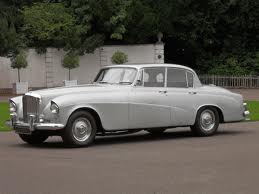


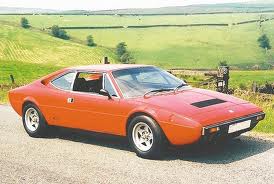


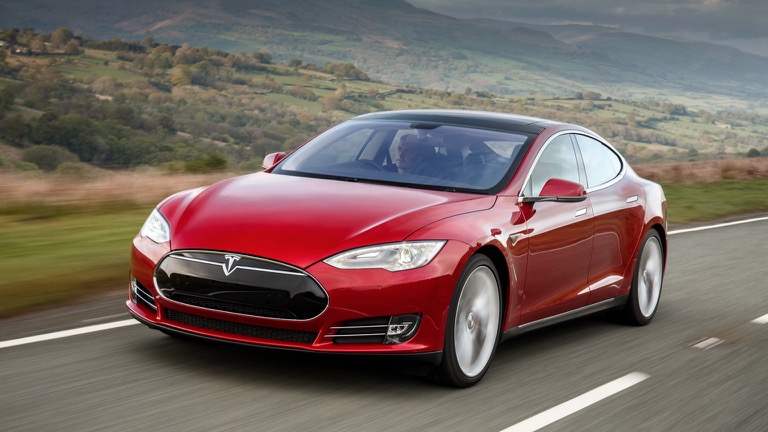

Chevrolet El Camino SS 454 LS6
Engine: Naturally Aspirated Petrol | 7446cc 16v V8
Top Speed: 105 mph
0-60mph: 5.00 seconds
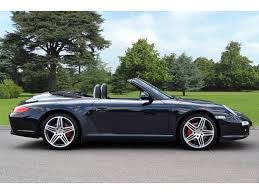
Porsche 911 Carrera S Cabriolet 991
Engine: Naturally Aspirated Petrol | 3800cc 24v F6
Top Speed: 300.9 kph
0-100kph: 4.8 seconds
